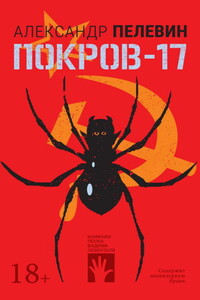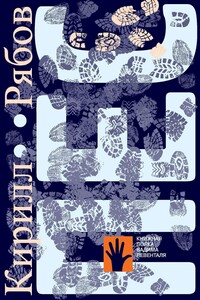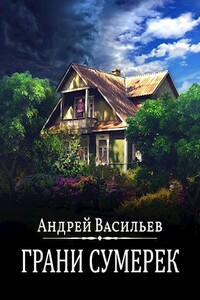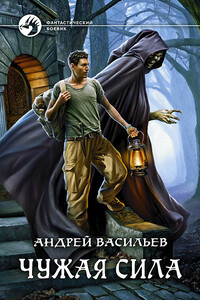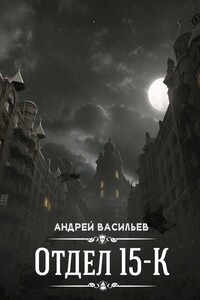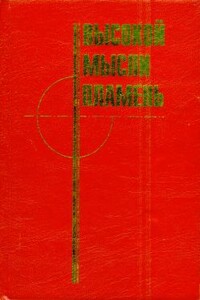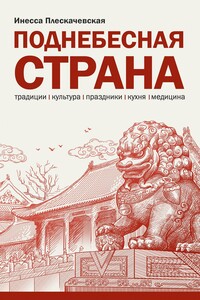The secondis an altogether different body of portraits, some of them painted in a more overtly realist style, others with an oddly mannered posture evocative of early Italian Renaissance portraiture. Frequently, the sitters, whether members of the artist's family or more generic male or female workers, are dressed in garments that seem infused with suprematist color schemes or ornaments, such as coats or hats trimmed with contrasting stripes or a bright red bodice transfiguring the torso of its wearer into a solid volume of primary color. Neither of these groupings suggests that Malevich was inclined to abjure his radical pictorial inventions of the second half of the 1910s, nor do they suggest that he understood abstraction and figuration as mutually exclusive in the way in which he have come to view them under the influence of much later art-historical writing. This is made even more explicit by the fact that he frequently signed these canvases not just with his name, but with a small square. It is as if the more political pressures on avant-garde aesthetics grew and the more he ran the risk of his late work being mistaken for a “return to order“, the more Malevich wanted to make sure that his name became inseparable from the icon of suprematism, the Black Square.
AchimBorchardt-Hume, “An Icon for a Modern Age”, in Malevich, ed. Achim Borchardt-Hume, London, Tate Publishing, 2014, pp. 28-29
[The late works] are considered to be innovative and a continuation of the Suprematist enterprise, and even to represent a new phase of Suprematism.
PROF. CHRISTINA LODDER, President of the Malevich Society
Portrait of E. Yakovleva, 1932
Portrait of Nikolai Punin, 1933
Suprematist Composition, c. 1919-1920
Mystic Suprematism (red cross on black circle), 1920-1922
The crucial example with which to conclude a consideration of various guises and shades of suprematism with the still-enigmatic late figurative works of Malevich's so- called 'Second Peasant Cycle' from the late 1920s and early 1930s, and the role and the function of color therein. These range from overly emphatic bands of pure color in works such as Head of a Peasant 1928-9 (illustrated on page 207 of the catalog), with blocks of red and green gesturing towards the furrow of a ploughed field, or the striated bands of pure color that act as horizon lines in Running Man 1930-1 (Centre Pompidou, Paris) and Three Female Figures c. 1930 (illustrated on page 212 of the catalog), through to the seemingly more orthodox figurative paintings such as Portrait of E. Yakolevna of 1932 (illustrated on page 120 of the catalog). In all of these, it is color that effects a rapprochement between the compositional norms of suprematism and the conflicting demands of figuration. The bold bands of red and green that adorn the coat collar of the sitter in Portrait of E. Yakolevna, or the red of her strangely quadrangular purse — both of which are strikingly at odds with the naturalism of this portrait — are perhaps a form of encoded or suppressed suprematism, and one that suggests itself precisely through these geometrical blocks of solid color. In this poignant painting we come full circle from the Black Square, from color being sublimated in order to heighten the dramatic impact of the birth of suprematism, to color being one of the few ways in which Malevich could tacitly allude to the innovations he had pioneered ad that were now themselves suppressed. Here, by once again 'pouring color into squares', as Matyushin had characterized (or caricatured) the paintings from the 0.10 exhibition, Malevich ingeniously used color to infuse his figurative paintings with the pioneering developments of his suprematist period, which here becomes an adornment or badge of honor that effects a rapprochement between the aesthetics of both.
Nicholas Cullinan, “Color Masses”, in Malevich, ed. Achim Borchardt-Hume, London, Tate Publishing, 2014, p. 121
UNA URIMAN: ABOUT E. YAKOVLEVA
Elizaveta Iakovleva, painter and theater artist, studied in St. Petersburg at the studio of Mikhail Bernshtein with Boris Anisfeld and Leonid Shervud. She worked for the Bolshoi Dramatic Theater and he Theater of Musical Comedy in Leningrad as a costume and set designer. She took part in the Theatrical and Decorative Arts 1917-27 exhibition in Leningrad in 1927. In the early 1930s Malevich painted her portrait (Nakov, Cat. Raisonne, p. 403, PS-253)
